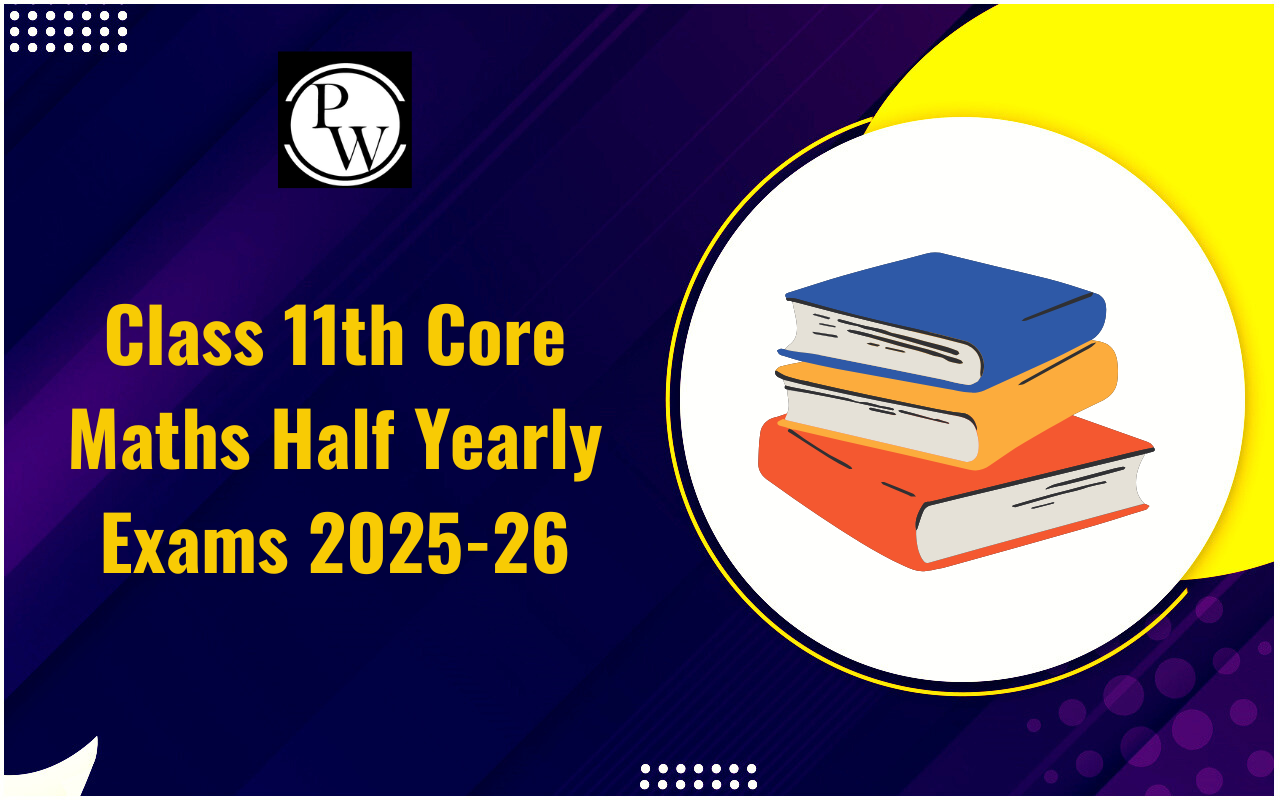
Human Capital and Human Development are not the same thing. The former measures labor capabilities such as skills, working capacity, education, health, and IQ. Human Development, on the other hand, is the process of increasing human potential in terms of skills and rights.
This article will provide the difference between human capital and human development.What Is Human Capital?
Human capital refers to the skills, knowledge, health, education, and abilities of workers. It highlights that not all resources are the same, but with the right training and investment, any gaps can be addressed. For businesses, an employee's skills, experience, and education are crucial. These factors contribute to the company's overall economic value and growth. Human capital plays a key role in enhancing productivity, which directly impacts a company's profitability. In essence, the human capital theory suggests that investing in employees leads to higher productivity and, ultimately, greater profits for a business.What Is Human Development?
Human development is concerned with how people grow and improve in various aspects of their lives, such as health, learning, living a good life, and feeling cheerful. It's a journey that involves the body, the mind, and how we connect with others, all with the goal of improving our lives.
So, human development is the process through which people and groups improve in a variety of ways, such as learning more, staying active, having more money, and being a part of society.
Also Read: Foreign Trade in India During the Colonial Rule
Relationship Between Human Capital and Human Development
The relationship between Human Capital and Human Development is an important aspect of understanding societal progress and individual well-being. Let's explore the difference between Human Capital and Human Development.
Complementary Nature
Human capital and human development are closely intertwined. The accumulation of human capital, such as education and skills, enhances an individual's capacity to participate more effectively in activities that contribute to human development.
Economic Productivity
Human capital, through education and training, boosts economic productivity, which, in turn, can lead to higher incomes and better living standards, two key components of human development.
Health and Education
Human development includes improvements in health and education. Investments in human capital, such as access to quality healthcare and education, directly contribute to improved health and educational outcomes, key dimensions of human development.
Empowerment
Human capital empowers individuals by expanding their knowledge and skills. This empowerment enhances their ability to make choices that positively influence their own development and that of their communities.
Social Inclusion
Human development emphasizes social inclusion and reducing disparities. Investments in human capital, particularly education, can contribute to a more equitable distribution of opportunities, promoting social inclusion.
Long-Term Impact
Both human capital and human development have long-term implications. A well-educated and skilled workforce, a result of human capital accumulation, can drive sustainable human development by fostering innovation, economic growth, and overall societal progress.
Human Capital and Human Development Differences
Human capital and human development focus on human well-being but address different dimensions. Here's a concise comparison between them:
| Human Capital and Human Development Differences | ||
| Aspect | Human Capital | Human Development |
| Definition | Refers to skills, knowledge, and abilities individuals possess, emphasizing their economic value. | Encompasses broader aspects of well-being, including health, education, income, and overall quality of life. |
| Emphasis | Primarily focuses on productive capabilities within an economic context. | Takes a holistic approach, considering physical, mental, and social well-being for a fulfilling life. |
| Components | Includes education, training, skills, and expertise for enhancing economic productivity. | Encompasses education, health, income, gender equality, and social inclusion. |
| Measurement | Measured by factors like labor market participation, wages, and economic output per capita. | Measured using the Human Development Index (HDI), combining health, education, and income indicators. |
| Purpose | Often used in economic and business contexts to optimize labor force productivity. | Applied in public policy and international development to assess well-being and quality of life. |
| Focus on Inequality | Addresses inequality indirectly by improving skills and employability. | Places strong emphasis on reducing disparities, promoting social inclusion, and gender equity. |
| Long-Term Impact | Has a significant impact on economic growth and competitiveness, contributing to a nation's prosperity. | Aims to enhance overall human well-being, fostering societal progress and individual fulfillment. |
Challenges to Human Capital and Human Development
Human capital and human development face several challenges that hinder their optimal growth. Below we have provided a few of the major challenges to human capital and human development:
- Limited access to quality education remains a significant barrier to human capital development, especially in low-income regions.
- Disparities in healthcare access and outcomes pose challenges to human development by impacting overall well-being.
- Income disparity hinders human development initiatives since it limits possibilities for people to better their living conditions.
- High levels of unemployment and underemployment might limit the efficient deployment of human capital, resulting in squandered potential.
- Gender differences in access to school, employment, and decision-making processes impair both human growth and the realization of human capital.
- Societies confronting war and political instability typically struggle to invest in human capital and offer an environment favorable to human growth.
- Environmental issues, such as climate change and resource depletion, may have harmful consequences on human development by endangering livelihoods and health.
- The shortage of necessary social services, such as healthcare and sanitation, affects human capital development and general well-being.
- Unequal access to digital technology and information may hinder the capacity of people to gain knowledge and skills, impacting human capital development.
- Discrimination and exclusion based on criteria like race, ethnicity, or disability may hamper both human growth and the equal accumulation of human capital.
Human Capital and Human Development FAQs
Can you give an example of human capital investment?
How is human capital measured?
What is the Human Development Index (HDI)?
How does human capital contribute to economic growth?
What policies promote human development?










